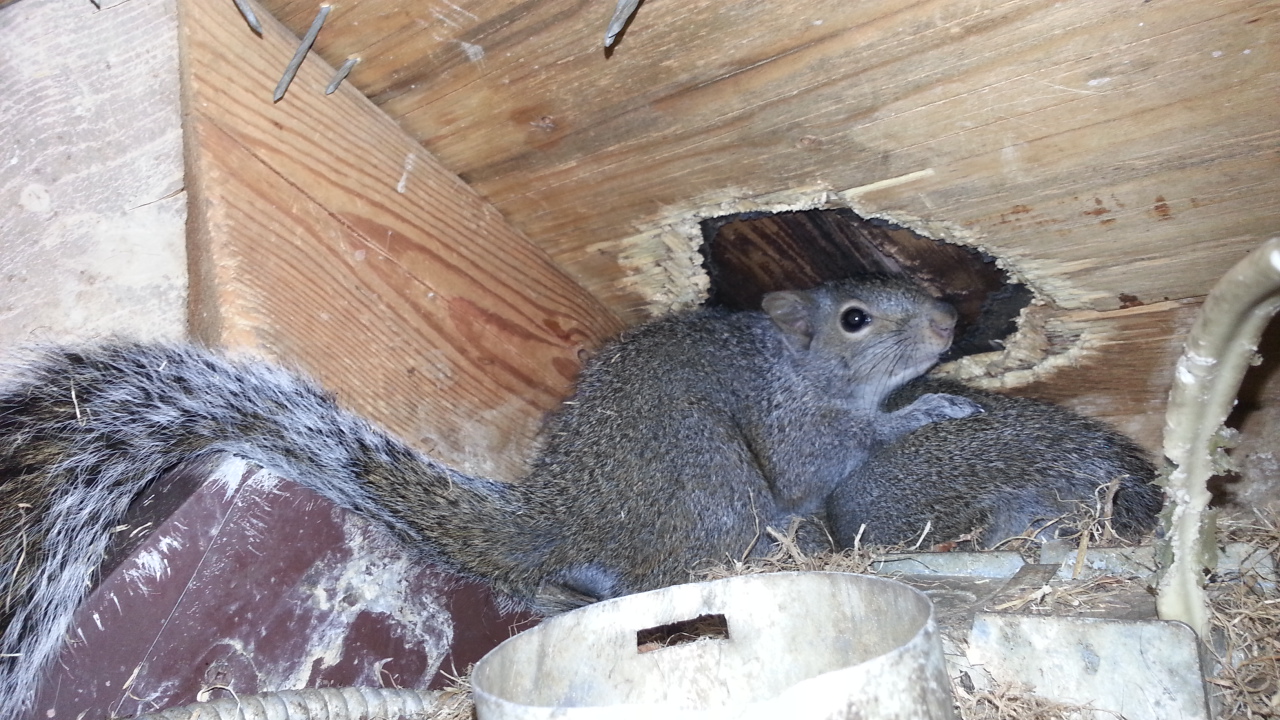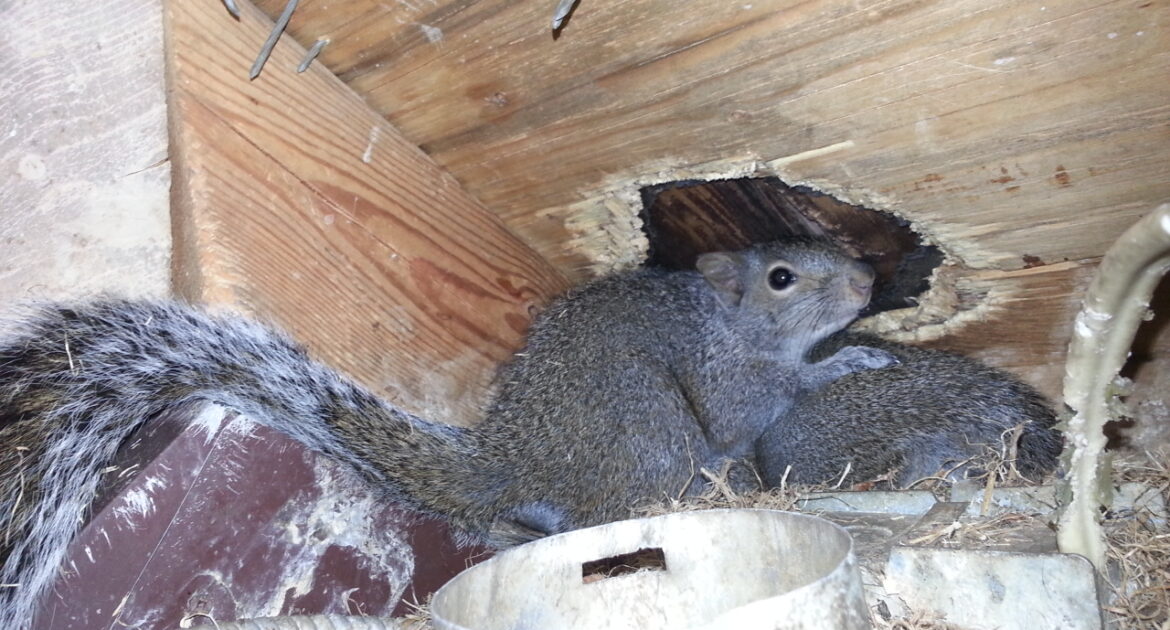Opinions of squirrels tend to depend on people’s experiences with them. People who have had to call squirrel control in Oshawa because the animals got into their home may have cooler feelings toward them, while those who consider them cute and playful may see them in a more positive light. But how do the squirrels see us? How do they view the world around them? Here is a look at the world through the eyes of a squirrel.
Do Squirrels Have Good Vision?
By human standards, squirrels have very good visual acuity. It allows them to spot nuts or potential food on the ground when they are up in the trees so they can climb down and collect it. It also allows them to judge distances when they jump, facilitating gravity-defying acrobatic feats.
Not only do squirrels have good visual acuity, meaning that they are able to see objects clearly, but they also have very good peripheral vision. The periphery is the edge of the visual field. A human looking straight ahead is able to focus on the objects directly in front of him or her, but objects near the periphery are fuzzy and indistinct. The reason for this is that, in the human eye, the area on the retina (the back of the eye) that provides the sharpest vision is very small. In a squirrel’s eye, that area covers the entire retina, meaning that squirrels can see objects in their peripheral vision as well as they can see things directly in front of them.
How Well Do Squirrels See in the Dark?
The retinas of both humans and squirrels have special cells called photoreceptors that react to light in different ways. Rods are photoreceptors that function more effectively in conditions of low light. The number of rods that an animal has in its eyes indicates how well it can see in the dark, with more rods meaning better night vision.
Different species of squirrels have different concentrations of rods in their eyes, meaning some can see better than others. Flying squirrels have the highest concentration of rods, which makes sense because they are active at night and have to be able to see to glide from tree to tree. Tree squirrels have a concentration of about 40%, which probably helps them locate food on the ground in the shade of trees. Ground squirrels, which typically live in open plains, have a rod concentration of about 10%, but this is still much greater than the 2% in the human eye.
Are Squirrels Colour-Blind?
In addition to rods, squirrels also have another type of photoreceptor in their eye called cones, which allow them to perceive colour. Therefore, squirrels can see colour but may not perceive it as humans do. Research suggests that squirrels can differentiate well between yellow and blue but may have red-green colour-blindness. A study that had squirrels choose between biscuits that had been coloured either red or green suggested that they may have more ability to distinguish between the two colours than previously thought, but the results were dubious because the researchers didn’t control for factors such as the aroma of the biscuits.
How Is Squirrels’ Vision Related To Their Survival?
Many rodents, such as mice and rats, are nocturnal and rely much more on their other senses to get around and find food than their eyesight. By human standards, the visual acuity of nocturnal rodents is poor. Because squirrels are active during the day, they rely heavily on their eyesight to not only locate food but avoid predators. Their sharp eyesight helps them to survive.
A squirrel’s keen peripheral vision plus mistrust of humans is the reason that it will run away at your approach. Nevertheless, squirrels sometimes move into your house to raise their young where it is warm and safe. Skedaddle can help with squirrel control in Oshawa, removing them safely and humanely from your home.





